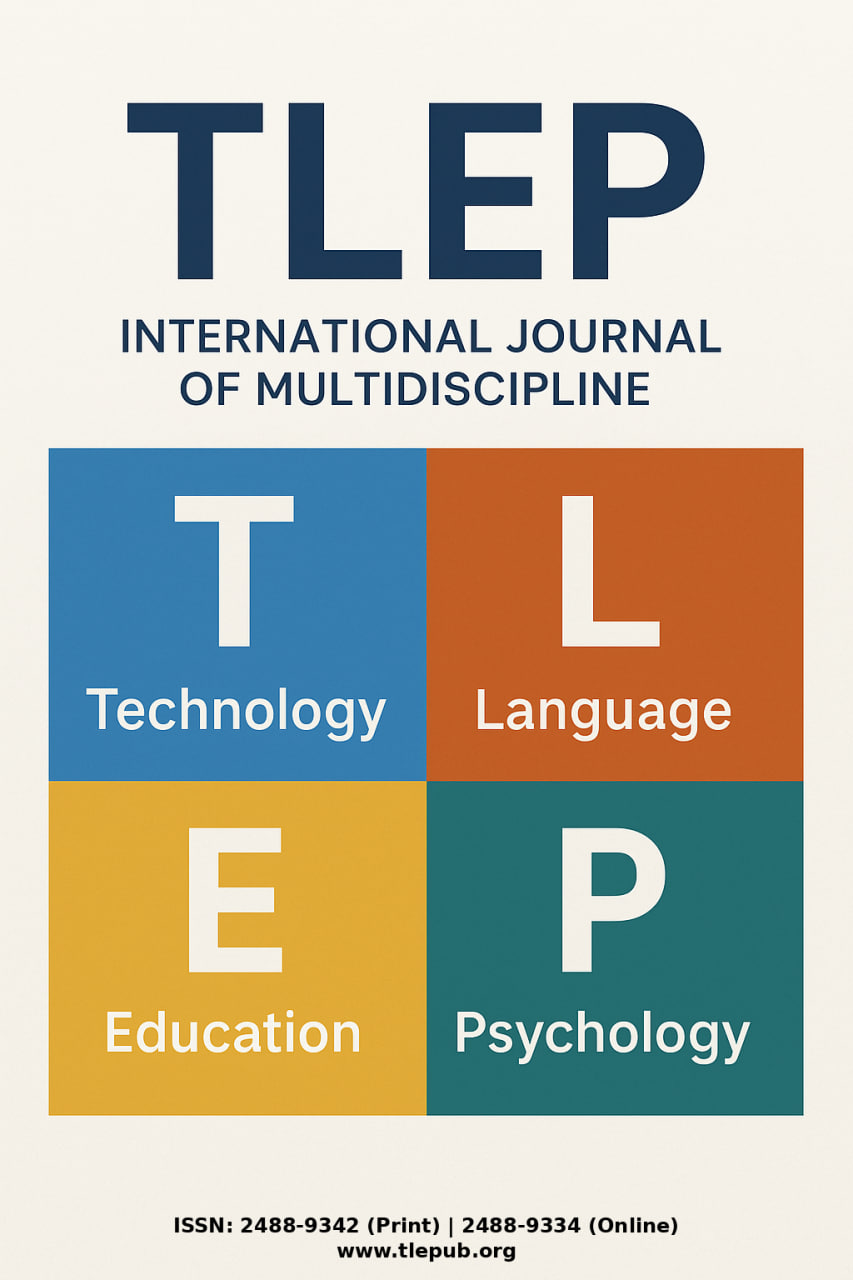Multimodality in Internet Discourse: The Interplay of Textual, Visual, and Paralinguistic Elements
Keywords:
multimodality, internet discourse, social media, social semiotics, paralinguistic cues, visual communication, computer-mediated communication (CMC)Abstract
Contemporary internet discourse is characterized by a complex semiotic environment where meaning is co-constructed through multiple modes of communication. This paper investigates the intricate interplay of textual, visual, and paralinguistic elements in shaping meaning on social media platforms. Moving beyond analyses that treat these modes as discrete, this study adopts an integrated social semiotic framework to explore how they combine, compete, and synergize to create coherent and nuanced communicative acts. Using a qualitative content analysis of a curated corpus of 200 posts from the social media platform X (formerly Twitter), this research examines the functional hierarchy and interdependence of different modes in contexts of humor, irony, and emotional expression. The results reveal a clear trend towards multimodal dominance, where visual elements (images, GIFs) and paralinguistic cues (emojis, typography) frequently override or fundamentally alter the literal meaning of accompanying text. Findings indicate that in affective and ironic discourse, the visual mode often serves as the primary carrier of pragmatic meaning, while paralinguistic features act as crucial disambiguating agents. This study contributes to the field of computer-mediated communication by providing empirical evidence that multimodality in internet discourse is not merely additive but transformative, creating composite meanings that are irreducible to their individual components. The implications for digital literacy, sentiment analysis, and communication theory are discussed.
References
Dresner, E., & Herring, S. C. (2010). Functions of the nonverbal in CMC: Emoticons and illocutionary force. Communication Theory, 20(3), 249–268. https://doi.org/10.1111/j.1468-2885.2010.01362.x
Highfield, T., & Leaver, T. (2016). Instagrammatics and digital methods: Studying visual social media, from selfies and GIFs to memes and emoji. Communication Research and Practice, 2(1), 47-62. https://doi.org/10.1080/22041451.2016.1155332
Kress, G., & van Leeuwen, T. (2006). Reading images: The grammar of visual design (2nd ed.). Routledge.
Kress, G. (2010). Multimodality: A social semiotic approach to contemporary communication. Routledge.
Shifman, L. (2014). Memes in digital culture. The MIT Press.
Stöckl, H. (2004). In between modes: Language and image in printed media. In E. Ventola, C. Charles, & M. Kaltenbacher (Eds.), Perspectives on multimodality (pp. 9–30). John Benjamins.
Walther, J. B. (1992). Interpersonal effects in computer-mediated interaction: A relational perspective. Communication Research, 19(1), 52–90. https://doi.org/10.1177/009365092019001003
Walther, J. B. (2011). Theories of computer-mediated communication and interpersonal relations. In M. L. Knapp & J. A. Daly (Eds.), The Sage handbook of interpersonal communication (4th ed., pp. 443–479). Sage Publications.
Downloads
Additional Files
Published
Issue
Section
License
Copyright (c) 2025 Both journal and authors

This work is licensed under a Creative Commons Attribution 4.0 International License.





